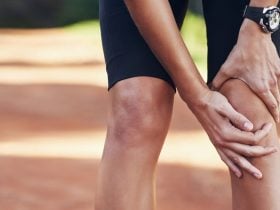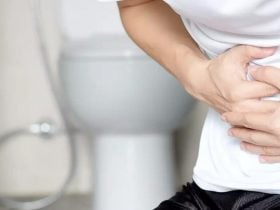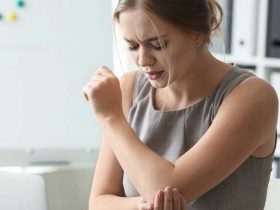Treatment for moderate reactions

The following tips may help reduce the swelling and itching often linked with large local reactions:
- If you can, remove the stinger as soon as possible, by peeling it off with a fingernail. Don’t try to remove a stinger below the skin surface. A stinger may not be observed, as only bees leave their stingers. Other stinging insects, such as wasps, do not.
- Wash the affected area with soap and water.
- Apply a cold compress.
- Take an over-the-counter pain reliever as needed. You might use ibuprofen [3] (Advil, Motrin IB, others) to help ease discomfort.
- If the sting is on an arm or leg, elevate it.
- Apply hydrocortisone cream or calamine lotion to ease redness, itching or swelling.
- If itching or swelling is severely painful, use an oral antihistamine that contains diphenhydramine (Benadryl) or chlorpheniramine.
- Avoid scratching the sting area. This will exacerbate itching and swelling and increase your risk of infection.
According to the American Academy of Allergy, Asthma & Immunology (AAAAI), major symptoms of anaphylaxis are:
- hives (red and itchy welts on the skin)
- turning pale or red-faced
- swelling of the tongue and throat
- difficulty breathing [4]
- coughing or wheezing
- nausea [5] and vomiting
- stomach cramps
- diarrhea [6]
- dizziness
- loss of consciousness













